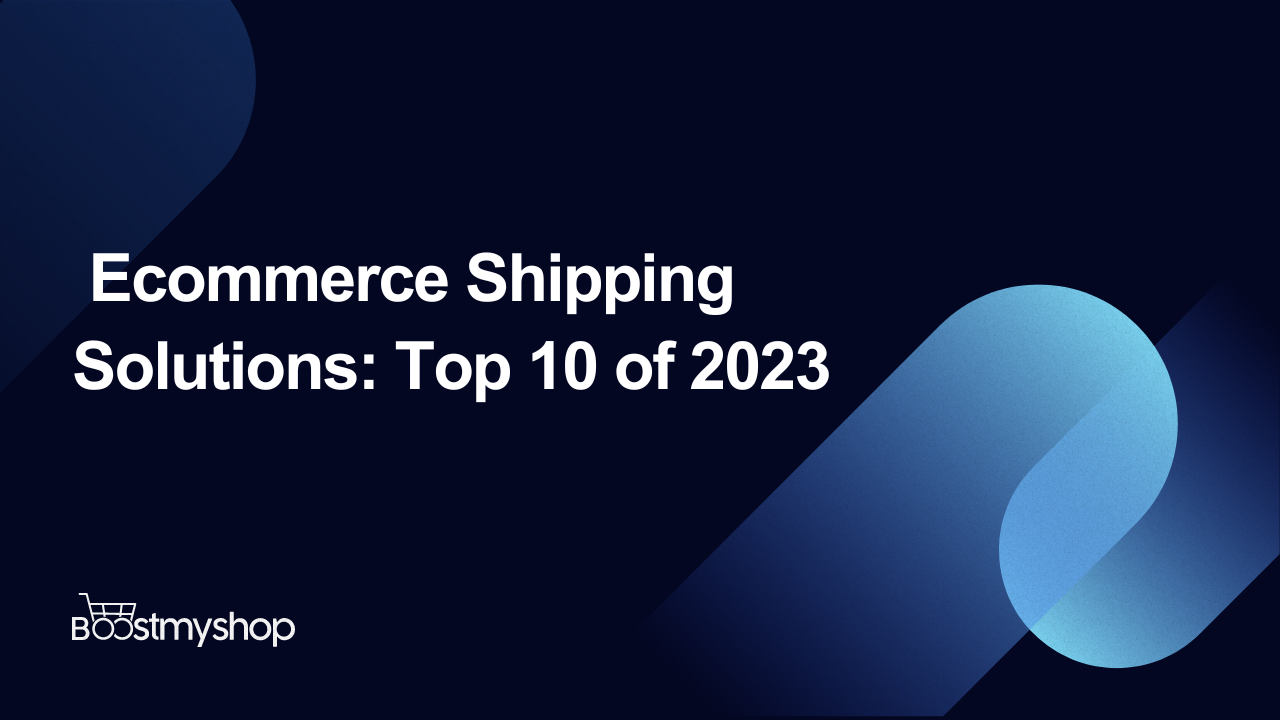How to Streamline Order Management with MyFulfillment?
Understanding the efficient order management is crucial for the success of any ecommerce business, especially in today’s competitive market. We live in an age where most consumers have grown accustomed to same-day or two-day shipping and are ordering more goods online. This also means that their expectations are lofty when it comes to receiving products.
Managing orders across multiple sales channels, maintaining accurate stock levels and ensuring timely fulfillment are some of the best ways to gain the upper-hand in e-commerce. By doing so, you can benefit from improved operational efficiency, reduced errors and enhanced customer satisfaction.
To accomplish these goals, a robust order management system is essential. MyFulfillment is designed to streamline your order management process, helping you achieve seamless operations across all platforms.
In this article, we’ll explore how MyFulfillment can optimize your order management processes, reduce errors and drive growth for your business.
What is Order Management?
In simple words, order management is a process of tracking the orders from their inception to when they are delivered and the management of the people, processes, and data connected to the order.
Defining Order Management System and its role in ecommerce
-
Order Synchronization: Automatically sync orders from multiple sales channels (e.g., Shopify, Amazon), importing them into the OMS and confirming shipments back to those platforms.
-
Inventory Connectivity: Seamlessly link inventory sources to sales channels to ensure accurate stock levels.
-
Order Validation: Automatically validate orders based on criteria like payment methods, customer profiles, and stock availability.
-
Shipping Optimization: Select the best carrier by evaluating delivery speed and cost.
-
Order Dispatch: Streamline order fulfillment via different methods:
-
-
WMS: In-house warehouse management.
-
WMS2: Third-party logistics (3PL) providers.
-
Dropshipping: Direct shipment from suppliers.
-
Key Components of Order Management
Order Processing
-
Order Capture: The system collects all necessary customer information, product selections, quantities, and customization preferences through a user-friendly interface, such as a shopping cart or order form.
-
Order Validation: The OMS verifies stock availability, confirms customer details, and ensures pricing accuracy before the order is finalised.
Inventory Management
-
Real-Time Stock Tracking: Accurate inventory tracking across different locations, including warehouses and stores, is crucial to prevent overselling and ensure orders can be fulfilled promptly. Stock levels are updated in real-time.
-
Inventory Allocation: The OMS reserves the necessary inventory for specific orders, reducing the risk of stock shortages during fulfilment.
Warehouse Management
-
Picking and Packing: The OMS generates picking lists to help warehouse staff quickly locate, pick, and pack items for shipment efficiently.
-
Shipping Integration: The system integrates with shipping carriers to automate label generation, shipment tracking, and cost calculations based on weight, destination, and selected shipping options.
-
Warehouse Automation: Advanced systems may incorporate automation tools to streamline the picking, packing, stock-taking, inventory control, and replenishment processes. By automating these tasks, businesses can ensure smoother operations, maintain accurate stock levels, and reduce errors in order fulfillment.
Procurement
-
Supplier Management: The OMS can manage relationships with suppliers, automating procurement tasks like purchase order creation and supplier performance tracking.
-
Purchase Order Automation: The system automatically generates purchase orders based on stock levels, ensuring timely restocking without manual intervention.
-
Vendor Integration: Seamless integration with vendors allows businesses to track delivery schedules, lead times, and order statuses, facilitating smoother procurement processes. Additionally, seamless integration with vendor inventory to maintain real-time visibility into vendor stock levels, track delivery schedules, and monitor lead times.
Importance of Efficient Order Management System
Order Management plays a pivotal role in ensuring business operations run smoothly, from inventory control to customer satisfaction. Below are the reasons why an order management system is essential:
Streamlined Operations
An order management system automates the entire order process, from order placement to fulfilment. This streamlining reduces manual tasks, improves communication between departments, and accelerates the fulfilment process, allowing businesses to handle large volumes of orders efficiently.
Improved Order Accuracy
Order management systems minimize errors in order processing, such as incorrect shipments, missed orders, or duplicate entries.
Enhanced Customer Satisfaction
Features like real-time tracking, automated order updates, and smooth returns handling lead to a better overall customer experience, which in turn drives repeat business.
Cost Efficiency
By optimising inventory management and order fulfilment, businesses can reduce unnecessary stock holding, shipping errors, and labour costs.
Multichannel Integration
An OMS provides seamless integration across these channels, consolidating orders into one system, helping businesses meet customer demands regardless of the sales platform.
Scalability
As businesses grow, manual processes become unsustainable. An order management system provides scalability, allowing businesses to handle increased order volumes, expand to new sales channels, and manage larger inventory levels without compromising efficiency.
Tools and Technologies for Efficient Order Management
Integrating the right tools and technologies is crucial for streamlining order management processes and ensuring operational efficiency. Here are some of the most effective tools and technologies for streamlining order management:
Order Management Systems
An order management system automates tasks such as order capture, processing, tracking and fulfilment. It integrates with sales channels, payment gateways and inventory systems to centralise operations, reduce errors and ensure a seamless workflow.
Inventory Management Software
Inventory management tools help track stock levels in real time, monitor stock across multiple locations and prevent issues like overstocking or stockouts.
Warehouse Management Systems (WMS)
A WMS optimises the storage, picking, packing, and shipping of orders within a warehouse. It provides automated picking lists, improves accuracy, and integrates with other systems to streamline fulfilment processes.
Customer Relationship Management (CRM)
This tool enables real-time updates, personalized communication, and faster resolution of customer inquiries, enhancing overall customer satisfaction.
Supplier Management System (SMS)
By integrating procurement processes with a Supplier Management System, businesses can track vendor inventory, lead times, and order statuses in real-time, ensuring timely replenishment and avoiding supply chain disruptions. SMS tools help automate purchase orders, monitor vendor performance, and optimize costs, leading to better stock management and smoother procurement workflows, ultimately supporting business growth and operational efficiency.
Transport Management System (TMS)
These tools integrate with carriers to automate shipping label generation, track packages, and calculate shipping costs. They also help choose the most cost-effective and efficient shipping method based on order details, improving delivery times and reducing shipping expenses.
Now, imagine?
Having all these advanced technologies—inventory management systems, e-commerce platforms, CRM integrations, and automation—working together in one place. That’s where MyFulfillment steps in. It offers a streamlined, all-in-one solution to manage your orders, track inventory in real time, enhance customer satisfaction, and optimize your e-commerce operations seamlessly across channels.
Streamlining Your Order Management Process with myFulfillment
Efficient order management is the backbone of successful e-commerce operations. With MyFulfillment, you can streamline every aspect of your order management process—from inventory tracking and real-time updates to seamless e-commerce integration and automated workflows.
MyFulfillment centralises all the tools you need into one intuitive platform. Here’s how it can transform your order management:
-
Real-time Inventory Tracking: Avoid stockouts and overstocking with precise, automated updates across all sales channels and warehouse locations.
-
Automated Order Processing: Speed up fulfilment with automated order capture, validation, and payment processing, reducing manual errors and improving accuracy.
-
Seamless Integration: Connect effortlessly with your e-commerce platform, CRM, and shipping providers for a fully synchronised workflow.
-
Improved Customer Satisfaction: Offer your customers real-time order tracking, automated status updates, and faster shipping, enhancing their overall experience.






